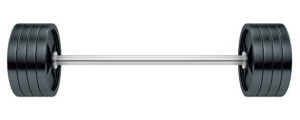LESSON 2.14
The Hyperthesis
In previous lessons you learned that the What Statement is a short, simple sentence that tells readers what the document’s subject is. It consists of two variables (at least one of which must be New information) and a relationship between them. It looks like barbell.
The Why Statement
Now it’s time to learn how to create a Why Statement.
Have you ever had a parent, employer, teacher, or military officer assign you tasks but never told you why you were doing them?
The Ancient Greeks realized such situations create problems. Children, employees, students, and soldiers work better if they know why the tasks or ideas are true or important.
The Hyperthesis
Together, the What Statement and Why Statement form a hyperthesis:
Hyperthesis | |
What Statement | Why Statement |
| 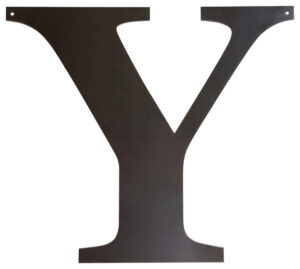 |
It is made up of these parts:
Hyperthesis | |||
What Statement | Why Statement | ||
Variable 1 | Verb | Variable 2 | 1-4 reasons the What Statement is true or important |
Sometimes it includes a tag line that ties it to a writing prompt:
Tag Line | Hyperthesis | |||
What Statement | Why Statement | |||
| Variable 1 | Verb | Variable 2 | 1-4 reasons the What Statement is true or important |
Example 1
I like ice worms
Prompt Tag | What Statement | Why Statement | ||
If I could be any wild animal, | I | would be | an ice worm | |
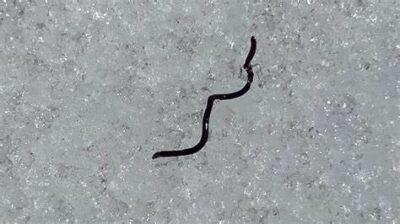
Example 2
Chukchi Sea polar bears are increasing their use of Wrangel and Herald Islands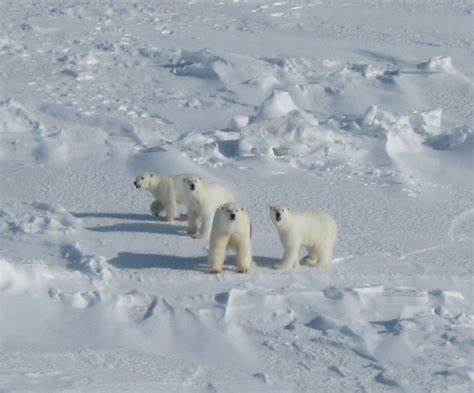
Prompt Tag | What Statement | Why Statement | ||
Not needed. | Chukchi Sea polar bears | are increasing | their use of Wrangel and Herald Islands | |
Example 3
Ouabain causes hypertension
Prompt Tag | What Statement | Why Statement | ||
Not needed. | Ouabain | Causes | hypertension | |
Example 4
Terrance Hunt’s theory of how the Easter Island statues were moved differs dramatically from Jo Anne Van Tilburg’s theory
Prompt Tag | What Statement | Why Statement | ||
Not needed. | Terrance Hunt’s theory of how the Easter Island statues were moved | differs dramatically from | Jo Anne Van Tilburg’s theory | |
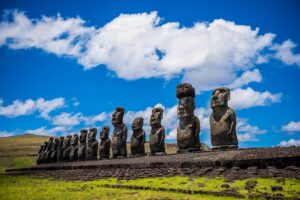
Individual or Small Group Activity
Create a What Statement for the attached article. Elephants
- Use words in the title for the variables in the What Statement.
- Find the word (a noun) that shows the relationship between the variables.
- Turn the verb into a noun.
- Do you have a sentence? If not, return to Step 1.
- Is Variable 1 Old or New?
- Is Variable 2 Old or New? Think about this one!
- Skip the Abstract for now. Read paragraph 1. Can you use its language to make Variable 1 more precise? (It will still be an Old variable.)
- Load the results into the What Statement boxes below:
Prompt Tag | What Statement | Why Statement | ||
Not needed. | Variable 1 | Verb | Variable 2 |
|
|
|
| ||
Individual or Small Group Activity
Complete the exercise: Belize
